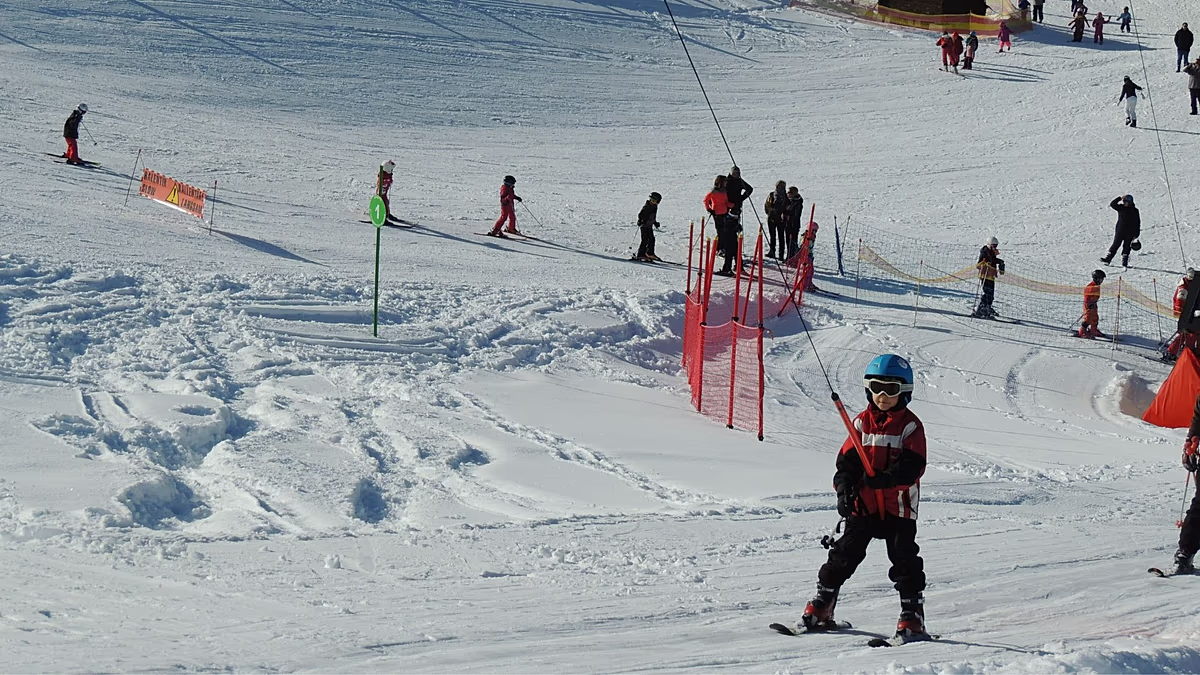An Arctic Christmas in September: A Journey Through the Northwest Passage
The Canadian Arctic, a land of ice and snow, became an unexpected setting for a Christmas-like celebration of nature’s wonders. A group of eager adventurers embarked on a small-ship expedition through the Northwest Passage, their hearts filled with anticipation akin to children writing letters to Santa Claus. The wish list was simple yet ambitious: sightings of polar bears, elusive narwhals, playful seals, walruses, majestic whales, and the elusive Arctic wolf. While the expedition leader offered encouraging winks, the marine biologist on board tempered expectations, reminding everyone that encountering these creatures was a gift from nature, not a guaranteed spectacle. The journey, however, promised to be unforgettable, regardless of the wildlife encounters.
The spirit of the holidays permeated the ship even before it reached its first destination, Pond Inlet. The calendar read September 1st, but the atmosphere on board was pure Christmas Eve. Passengers wrapped gifts for the children of Pond Inlet, a small Inuit community nestled on Baffin Island’s coast. This act of goodwill served as a precursor to the cultural exchange that awaited them ashore. The arrival of the expedition ship was a significant event for the community, and the Inuit hosts warmly welcomed the visitors with traditional dances, throat singing, and playful physical contests. The cultural immersion included glimpses into local customs, like the preparation of narwhal meat and the preservation of polar bear hides, offering a tangible connection to the Arctic environment and its inhabitants.
The days that followed unfolded like an Advent calendar of Arctic wildlife. A distant white speck spotted through binoculars revealed the first polar bear sighting, a powerful reminder of the Arctic’s apex predator. The journey continued to reveal the hidden treasures of the region. Powell Inlet, defying the solitude of Devon Island, teemed with life: a polar bear patrolling the coastline, walruses frolicking in the bay, and thousands of kittiwakes soaring above the cliffs of Prince Leopold Island, while another polar bear patiently waited below, hoping for a misplaced chick. These encounters, though fleeting, filled the expedition with a sense of awe and wonder, reinforcing the magic of the Arctic.
Midway through the voyage, Nunavut presented the expedition with an extraordinary gift. As the ship approached Prescott Island, a polar bear was spotted swimming across the channel. Shortly after landing, the expedition leader hushed the group, urging them to approach the waterline quietly. There, a mesmerizing sight awaited them: hundreds of beluga whales, their white and grey forms rising and falling in the water. The encounter was so intimate that the whales’ songs could be heard, and some even brushed against the legs of the awestruck passengers as they waded into the water. This rare and breathtaking spectacle highlighted the unpredictable nature of the Arctic and the remarkable moments it could offer.
The Northwest Passage continued to unveil its diverse offerings, going beyond the anticipated wildlife encounters. Dundas Harbour, a haunting reminder of past human endeavors, showcased the resilience of nature with a ringed seal swimming near the abandoned settlement. Beechey Island, a somber site marked by the graves of the Franklin Expedition, offered a glimpse into history, while a zodiac cruise revealed a polar bear and cub hunting a seal, highlighting the ongoing cycle of life and death in the Arctic. The expedition even delved into the ancient history of the region, exploring fossilized stromatolites and granite gneiss, evidence of Earth’s distant past. The Arctic’s natural wonders extended beyond the charismatic megafauna, encompassing the delicate flora and the diverse birdlife, appreciated by even the most seasoned naturalists.
Even unforeseen circumstances, such as cancelled shore excursions due to fog, ice, or the very presence of polar bears, became opportunities for camaraderie and shared experiences among the passengers. This highlighted the human element of the expedition, showcasing the unique bond that forms among individuals who share a passion for exploration and a deep appreciation for the natural world. The challenging environment of the Arctic itself became a unifying factor, fostering a sense of resilience and adaptability within the group.
On the eve of the expedition’s final day, Nunavut bestowed one last magical gift. As passengers gathered in the coffee lounge, the Northern Lights illuminated the sky, painting it with vibrant green hues. This celestial display served as a fitting finale to the expedition, a reminder of the Arctic’s ethereal beauty and its power to inspire awe. The souvenirs brought home, tangible reminders of the journey, were complemented by an intangible gift: a newfound perspective on the Canadian Arctic. The expedition revealed a landscape far from barren, where even the simplest elements, like basalt columns and common seabirds, became extraordinary sights. The Arctic became a place of wonder, a testament to the resilience of nature, and a source of profound inspiration for those fortunate enough to experience its magic.











